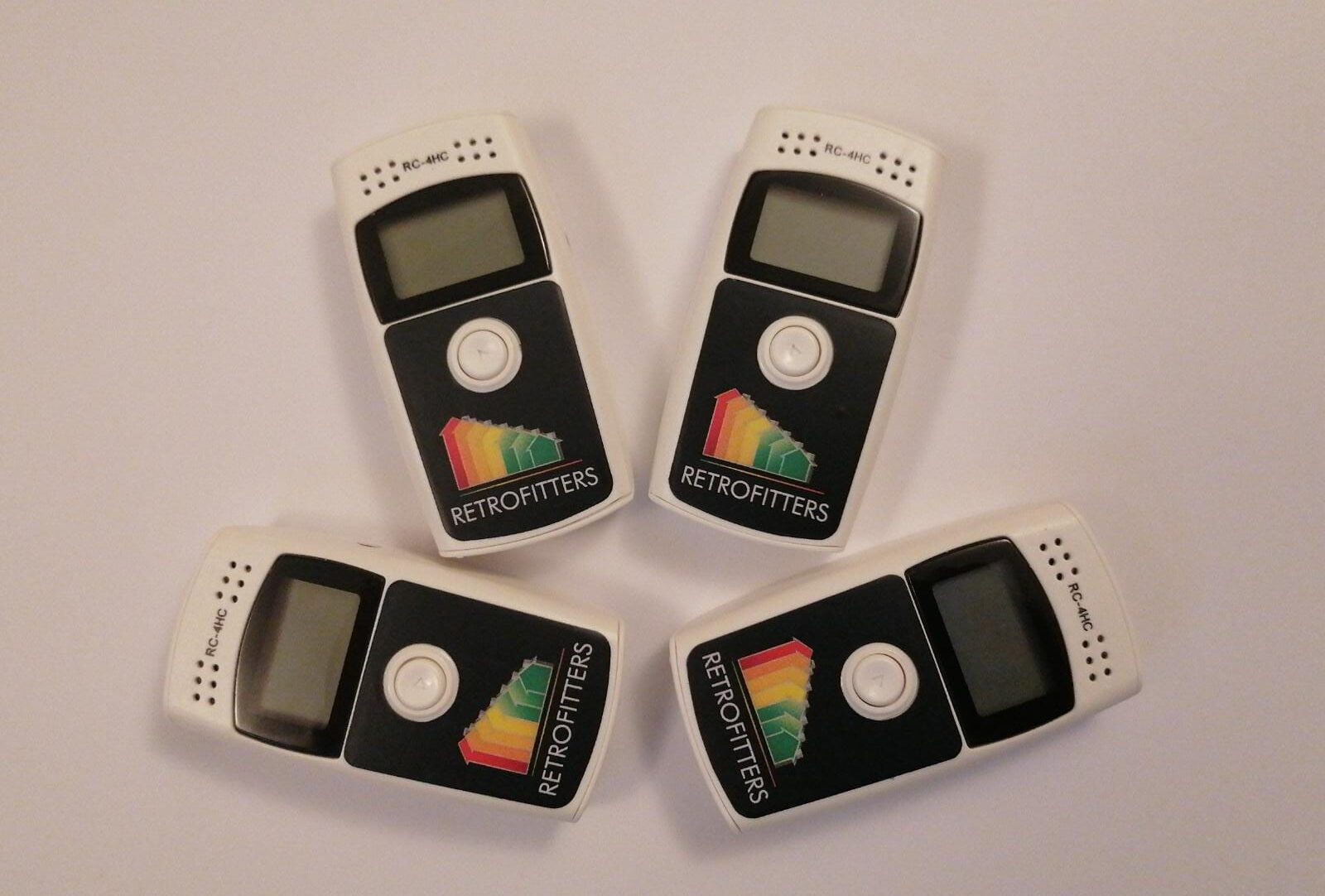
Building Monitoring & Evaluation Services

Measured Thermal Performance
Energy efficiency is becoming an increasingly important consideration for homeowners, and the thermal performance of a building is a key factor in achieving this. The measurement of a building’s thermal performance has long been a daunting task, but now there is a solution. Energy Performance Certificates (EPCs) rely heavily on assumptions about a building’s fabric performance, which can often result in inaccurate ratings. By relying less on assumptions and more on data-driven analysis, we can provide accurate ratings
Make your Energy efficiency ratings more accurate.
The thermal performance test accurately measures whole fabric heat loss (known as Heat Transfer Coefficient or HTC). You can use this to provide a rating on a buildings energy efficiency.

Replaces inaccurate predictions
The thermal performance test uses real measurements of internal temperature and energy consumption. Readings can come from existing smart home systems or from discreet sensors placed around the house.

Use in occupied homes
A test takes 3 weeks to complete and allows the house to be occupied throughout the measurement period. At the end of the test, the true performance of the building is calculated and collated into a report for you

Accurate energy performance ratings
The thermal performance test gives an indication of the true performance of the building that can be directly compared with the predicted performance


U-Value
Measurement
Simple U-value calculations can be made by taking the thermal resistance of each material forming a layer in the construction of a particular building element and calculating the reciprocal of the sum. The internal and external faces also have resistances, which are also added as fixed values.
The U-value of building elements can vary significantly from calculated values. You can measure the true U-value of walls, floors and roofs using portable equipment and sensors, and this provides significantly more accurate readings than relying on calculations. Build Test Solutions have pioneered various U-value measurements techniques which allow you to do this in as little as 1 hour.






